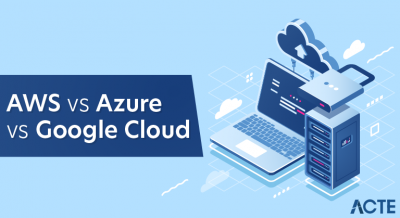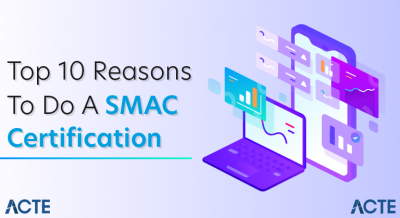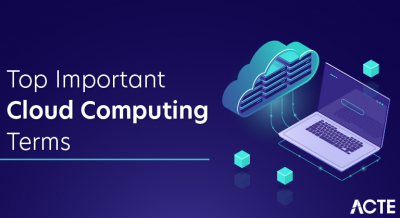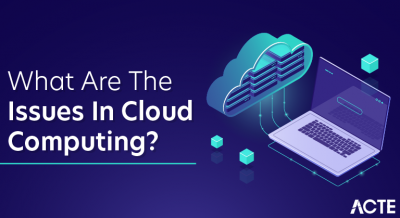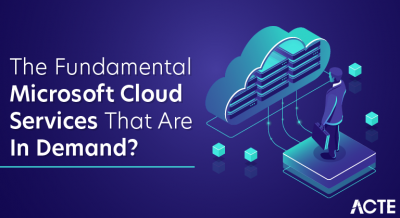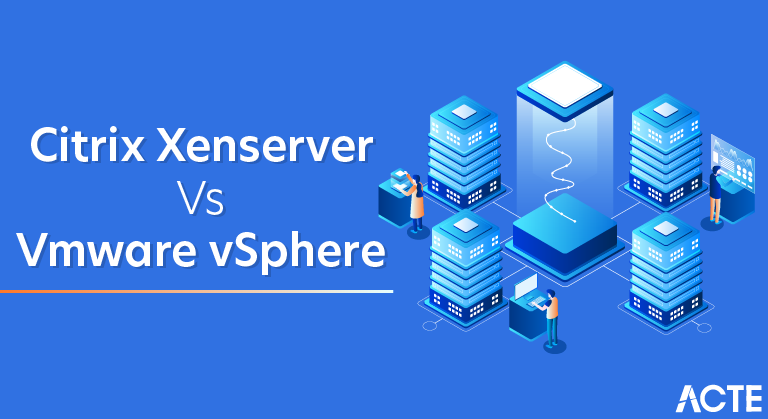
Virtualization has come quite far today from the time of its invention in the 1960s. It was the time of mainframes and International Business Machines (IBM) pioneered the concept of Virtual Machines and brought it into the commercial realm.
IBM’s CP-67 software helps run different applications together, maximizing utilization of the hardware resources.
The concept of virtualizing or partitioning the mainframe was utilized by VMware to launch x86 servers with virtualization in the year 1999.
Virtualization technology that played a key role in the future of IT with the advent of cloud, has helped shape the hosting and data center industry to its present state.
However, there is still a lot of confusion surrounding it. Hence, the purpose of this article is to discuss the basics like what is server virtualization, what are the benefits of server virtualization and which software is best for virtualization along with an in-depth comparison of different server virtualization software.
What is server virtualization?
Virtualization is the process of creating a virtual (logically isolated) form of an IT environment. There are different types of virtualization – server virtualization, application virtualization, storage virtualization, data virtualization, desktop virtualization, and network virtualization, that help to get increased efficiency and cost-effectiveness.
Traditionally, servers could run only one application and one operating system, leading to highly inefficient resource utilization.
What is a virtual machine?
A virtual machine (VM) typically utilizes the host’s physical hardware like CPU, disk IO, and network adapters. The hypervisor, the layer between physical and virtual spheres, is the foundational core of every virtual infrastructure. It manages the hardware resources of the host machine and it is its responsibility to distribute them efficiently among different virtual machines (VMs).
There are multiple advantages of virtualization that are helping VMs in gaining traction. It increases IT operational efficiency, agility, scalability, improves resource utilization and provides considerable cost savings.
It helps enterprises save OPEX and CAPEX, reduce downtime, get business continuity and disaster recovery and provision resources and applications faster.
Comparison of different Server Virtualization software
Microsoft Hyper-V, VMware vSphere, Citrix XenServer, and Red Hat’s KVM, are the major open source hypervisors that have taken the virtualization market by storm. Enterprises often have trouble deciding the best hypervisor that can perfectly complement their business.
This article on virtualization platforms’ comparison – KVM vs Xen vs vSphere vs Hyper-V should help IT decision makers and end users to select the best server virtualization software for them.
The software has been placed in alphabetical order of their provider’s names.
Citrix XenServer
XenServer is an open sourced product from Citrix, based on Xen Project Hypervisor. It’s a bare-metal virtualization platform with enterprise-grade features that can easily handle workloads, combined OS, and networking configurations. XenServer delivers application performance for x86 workloads in Intel and AMD environments.
It can cater to XenApp and XenDesktop deployments, and offer customers the enhanced virtualized graphics with NVIDIA and Intel. XenServer services allow multiple computer operating systems to execute on the same computer hardware.
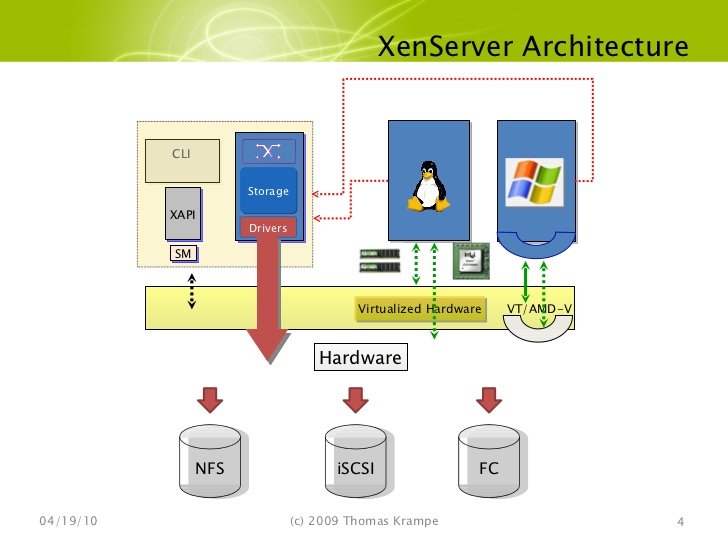
Features:
- Multi-server management
- Dynamic Memory Control
- Live VM migration
- Site Recovery
- Host Failure Protection
- Active Directory Integration
- Role Based Administration and Control (RBAC)
- Heterogeneous Resource Pools
- Distributed Virtual Switch Controller (DVSC)
- Intellicache
- MCS Read Cache
- Software-boot-from iSCSI
- GPU Virtualization
- Nested Virtualization for Bromium Secure Platform

VMware vSphere
VMware vSphere is a set of server virtualization products that includes virtualization, management, and interface layers. It comprises following core components- infrastructure services, including VMware vCompute, vStorage and vNetwork; application services; vCenter Server – single point control across datacenter services; and clients who can access the data center via vSphere Client or via a web browser.
Features and components:
- It abstracts memory, processors, storage and other resources into multiple VMs.
- vCenter Server: Centralized management tool to configure, provision and manage virtual IT environments. Provides data center services like alarm management, access control to ESXi hosts.
- vSphere Client: vSphere 6.7 has the final version of Flash-based vSphere Web Client. Newer workflows in the updated vSphere Client release includes vSphere Update Manager, Content library, vSAN, Storage policies, Host profiles, VMware vSphere Distributed Switch™ topology diagram and Licensing.
- vSphere SDKs: Provides interfaces for third-party solutions to access vSphere.
- VM File System: A cluster file system for VMs.
- Virtual SMP: Enables a single VM to use multiple physical processors at a time.
- vMotion: Enables live migration with transaction integrity.
- Storage vMotion: Enables VM file migration from one place to another without service interruption.
- High Availability: If one server fails, VM is shifted to another server with spare capacity to enable business continuity.
- Distributed Resource Scheduler (DRS): Assigns and balances compute automatically across hardware resources available for VMs.
- Fault Tolerance: Generates copy of primary VM to ensure its continuous availability.
- Distributed Switch (VDS): Spans multiple ESXi hosts and enables considerable reduction of network maintenance activities and increases network capacity.
- Network & Storage I/O Control.
- Hot add CPU and RAM resources.
Hypervisor Comparison 2019: KVM vs Hyper-V vs XenServer vs vSphere
| Feature | Windows Hyper-V 2019 | vSphere 6.7 | XenServer 7.6 | KVM |
|---|---|---|---|---|
| RAM/Host | 24TB | 12 TB | 5TB | 12TB |
| RAM/VM | 12 TB for generation 2; | 6 TB | 1.5TB | 6 TB |
| 1 TB for generation 1 | ||||
| CPUs/VM | 240 for generation 2; | 128 | 32 | 240 |
| 64 for generation 1; | ||||
| VM Disk | 64 TB for VHDX format; | 62TB | 2TB | 10TB |
| 2040 GB for VHD format | ||||
| VM Live Migration | Yes | Yes | Yes | Yes |
| VM Replication supports | Yes | Yes | Yes | Yes |
| Overcommit resources | No | Yes | No | Yes |
| Disk I/O Throttling | Yes | Yes | Yes | Yes |
| Hot plug of virtual resources | Yes | Yes | Yes | Yes |

